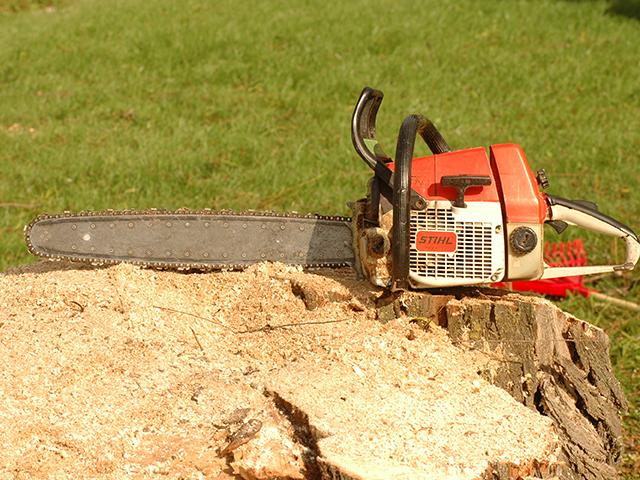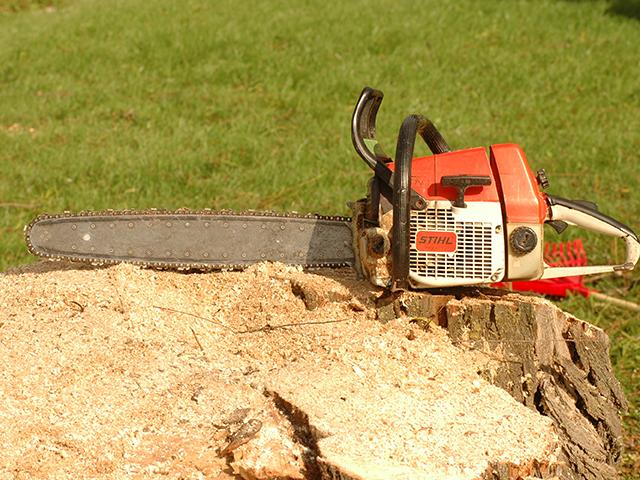MachineryLink
Safety rules, Proper Protective Clothing Key to Chainsaw Safety
OMAHA (DTN) -- Spring in the Midwest usually means many areas will see severe thunderstorms and even perhaps tornadoes. Just last week, eastern Nebraska saw 19 confirmed tornadoes in one afternoon and evening on May 12, according to the Omaha National Weather Service (https://www.weather.gov/…).
Anyone who must clean up after a severe storm sweeps through knows most likely there will be lots of tree branches or even whole trees down. These branches will have to be cut up and removed and this process will involve chainsaws.
While chainsaws are a common tool after storms or doing other type of work, it is a good idea to keep chainsaw safety in mind, according to Ryan Desantis, Oklahoma State University Extension forestry specialist.
There are many different types of chainsaws available on the market today, including gas-powered, electric and battery-powered. No matter the kind, safety around chainsaws is a must, he said.
"One of the biggest concerns when operating a saw is kickback," Desantis said. "The operator should wear a helmet with a visor to help protect their head. Also, position your body in a way that if kickback occurs, the saw won't hit your body."
P[L1] D[0x0] M[300x250] OOP[F] ADUNIT[] T[]
Kickback happens when the rotating chains hit a solid object or the chain is pinched in a cut. This can force the saw backwards, leading to potentially a serious injury to the operator.
To prevent kickback, keep the saw moving at a fast speed when entering or leaving a cut. Desantis also suggests operators keep the chain properly sharpened.
Other safety operating tips include making sure the chain break is on, keeping both hands on the saw while it is in operation and if using a gas-powered saw, start it on the ground.
The Occupational Safety and Health Administration (OSHA) also has its own fact sheet on chainsaw safety (https://www.osha.gov/…).
Operators should clear dirt, debris, small tree limbs and rocks away from the path of the saw. Look for nails, spikes or other metal in the tree before cutting.
Shut off the saw or engage the chain brake when carrying the saw on rough or uneven terrain.
Be careful that the trunk or tree limbs will not bind against the saw. Watch for branches under tension as they may spring out when cutting.
Desantis also said chainsaw operators should have the proper protective clothing: chainsaw pants; long sleeves and gloves made from Kevlar, woven nylon or other similar material; eye production such as goggles or safety glasses with wrap-around lenses; ear, face and head protection; and steel-toed boots. Avoid loose-fitting clothing.
"In storm-damaged areas, there likely will be debris on the ground, which can be a tripping hazard," he said. "Considering the tripping hazard, it is important to keep the chain brake on whenever not actively cutting, especially when moving amongst debris."
For more information about chainsaw safety, visit this OSU Extension link: https://extension.okstate.edu/….
Russ Quinn can be reached at Russ.Quinn@dtn.com
Follow him on Twitter @RussQuinnDTN
(c) Copyright 2023 DTN, LLC. All rights reserved.





Comments
To comment, please Log In or Join our Community .